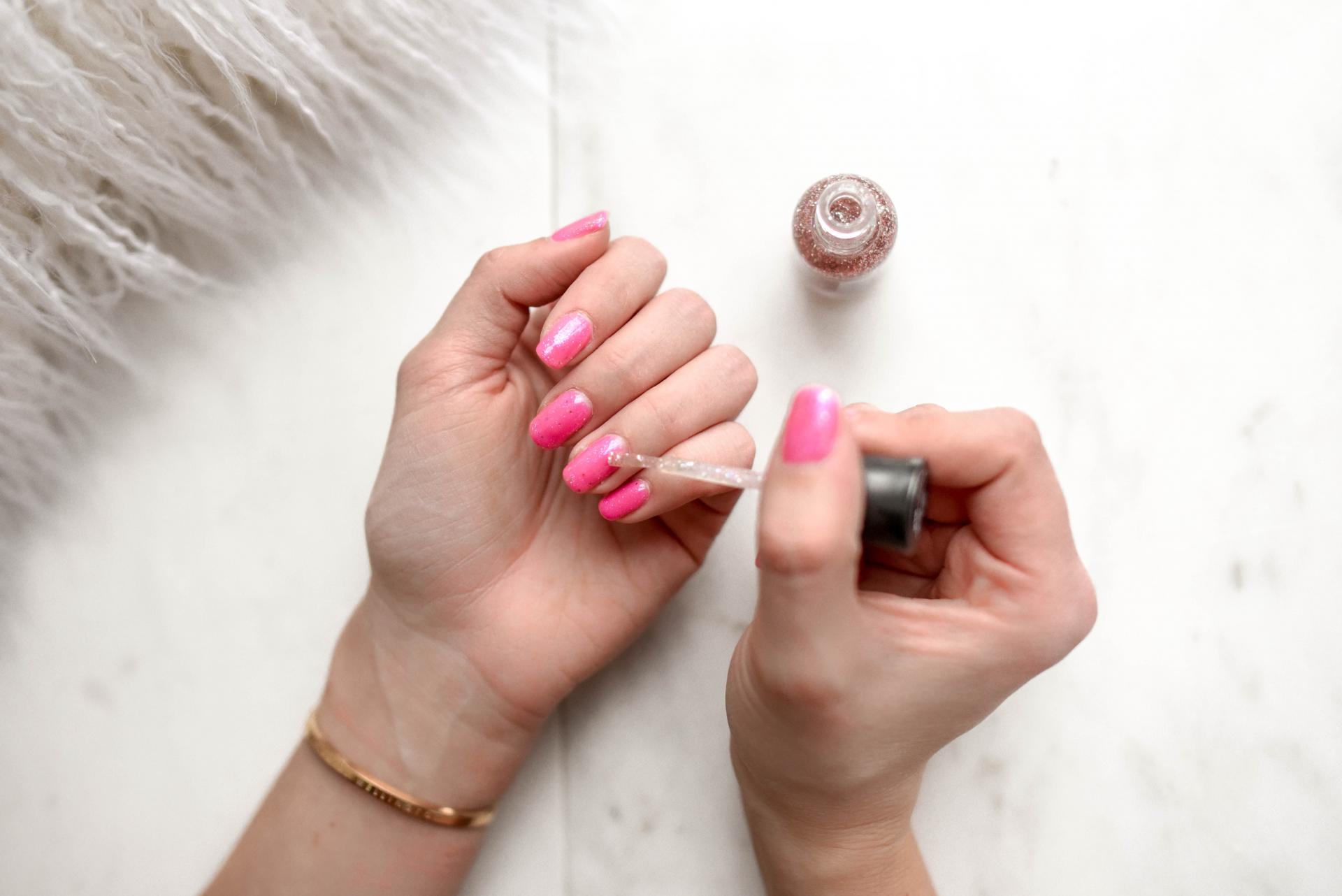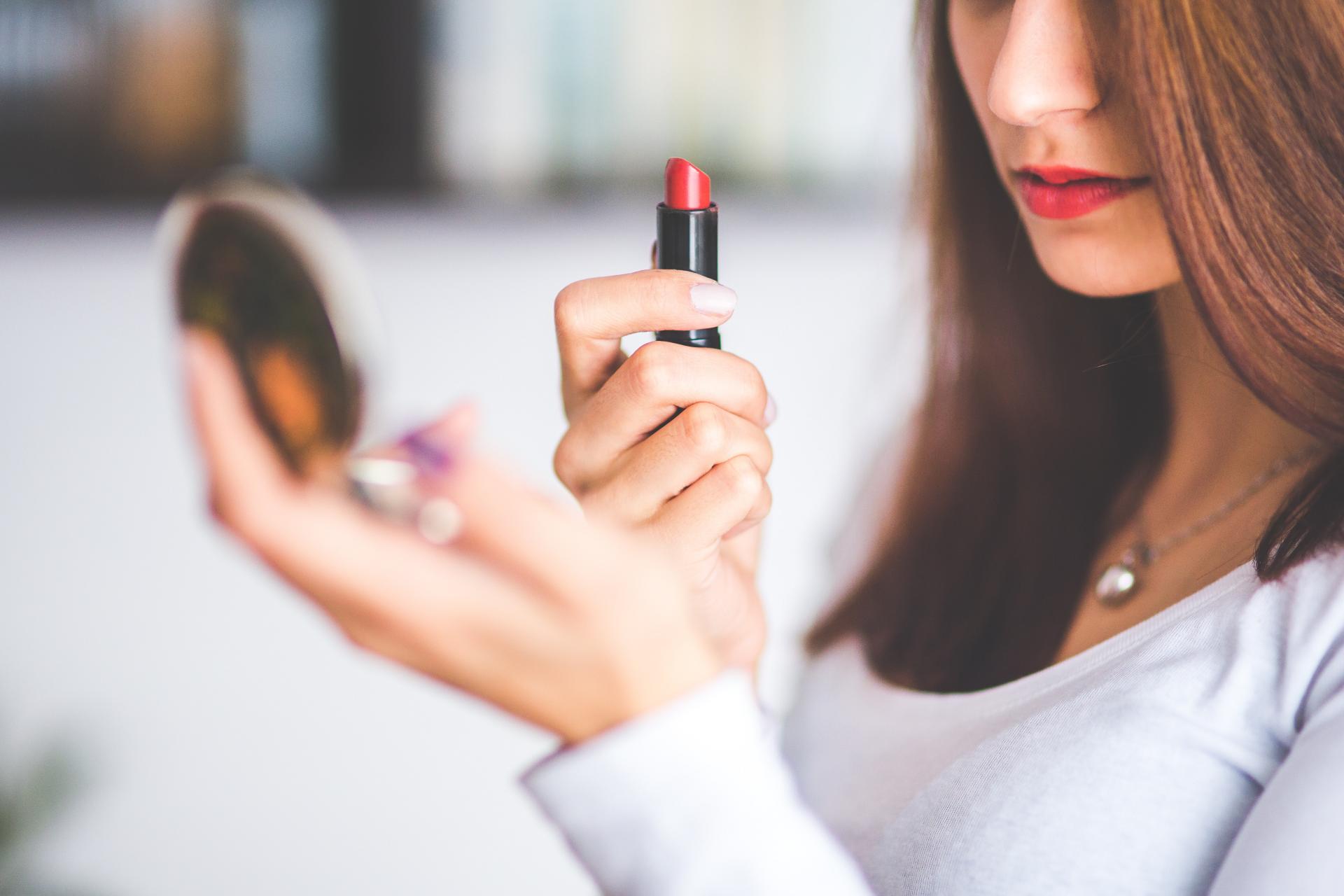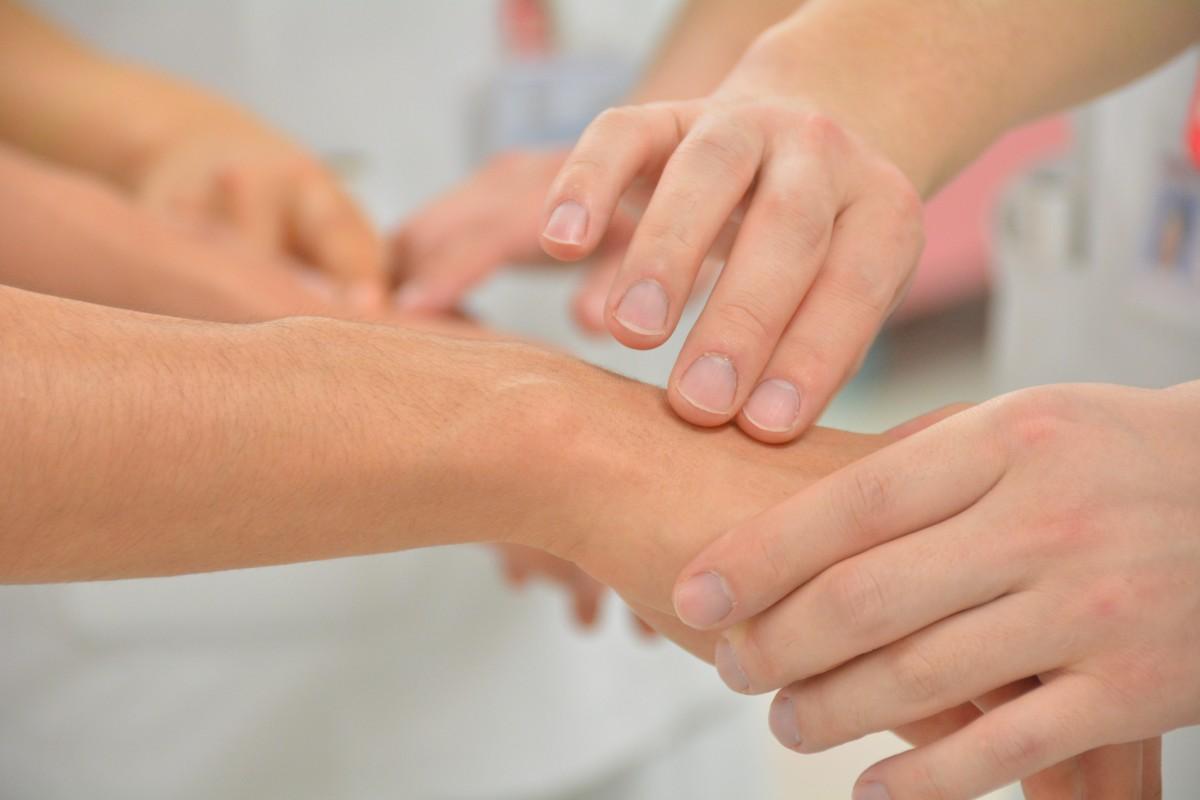A Yearly Dermatologist Visit Could Save Your Life

Pexels
As millennials living on a relatively tight budget, we understand that the idea of spending money on yet another doctor’s appointment does not sound appealing. When you already have to worry about an annual checkup with your general practitioner, the twice-a-year cleanings with your dentist and a yearly visit to your gynecologist, it’s tempting to skip out on going to the dermatologist entirely. After all, you don’t have acne anymore, so it’s not like you need an expert opinion on your skin, right?
Not so fast. You don’t just need a dermatologist when you get a weird rash on your armpit. Annual skin screenings are essential for the early identification (and effective treatment) of skin cancer.
Melanoma, the most deadly form of skin cancer, is one of the leading causes of cancer among women between the ages of 25 and 29. And according to the National Cancer Institute, one person dies from melanoma every hour. The good news is that, if caught early enough, skin cancer has a 98 percent (or greater) survival rate. So going to the dermatologist for an annual checkup and full body screening could literally save your life. Here’s everything you need to know before your first visit.
Self-scanning for moles isn’t enough.

Unsplash/Mikail Duran
You might think you’re a pro at catching any new moles that pop up on your skin, but it’s still crucial that you go to a dermatologist once a year for a full-body scan. Dermatologists aren’t your average Joes — after completing medical school, dermatologists receive three additional years of training dedicated to skincare. This means that your skin specialist is specifically trained to spot any irregularities in moles and freckles on your skin that might indicate the presence of skin cancer or a precursor for it. During the full-body scan, your dermatologist will check in those hard-to-see areas that would be nearly impossible for you to screen on your own — think scalp, back of the legs and, yes, even in between your butt cheeks.
You have to check your nail beds, too.

Pexels
Because skin cancer can also be found underneath your nails, you need to remove all traces of nail polish from your fingernails and toenails before heading to the dermatologist for that screening. This will make it easier for your doc to see if there are any abnormal growths that are typically hidden by your favorite pop of color.
Makeup can conceal skin issues… but not in a good way.

Pexels
If you wear heavy foundation, put on your full face of makeup after your dermatologist appointment, especially if you have moles or freckles on your face. A freshly scrubbed face will make it a lot easier for your doctor to closely examine your skin for any potential irregularities.
One of the things that dermatologists look for as a warning sign when examining moles for irregularities is whether the color of the moles is uneven — meaning that the color of a suspicious mole might be a combination of black, brown and tan. If you’re wearing a bunch of makeup that alters the color of your skin, it will be hard for your doctor to identify these irregularities correctly.
Your yearly full body screen will likely only take 10 minutes.

Pexels
If you don’t have any risk factors for developing skin cancer, like a family history or a history of atypical moles, your annual skin exam with the dermatologist should only take about 10 minutes. Yep, it’s really that easy.
However, the more moles you have, the longer the appointment will last. For the most efficient visit, take note of any abnormal moles, freckles or lesions on your body that you can see prior to the appointment and direct your doctor to them right away.
Also, take advantage of this quality time with your dermatologist to ask him or her how to do self-checks for suspicious moles at home so that you can make sure to identify abnormalities between visits. If you notice anything strange between your yearly visits, go in right away instead of waiting for your next appointment. The earlier skin cancer is caught, the easier it is to treat it.
You will be fully naked during the exam, and it will be uncomfortable.

Pexels
When you get to the dermatologist’s office, you will be asked to disrobe entirely. You’ll be given a sheet to cover yourself, but this is only done because they want you to feel more comfortable. Once your doctor enters the room, you’ll need to be fully naked. It’s actually more common than you think for skin cancer to first appear in weird places that don’t get a ton of sun exposure, like between fingers and toes, in the inner ear, on the buttocks and even in the genital area.
If your dermatologist is good, no surface of your skin will be left unchecked. We know it’s awk, but get over it — it’s better to be embarrassed now than to be terribly sick later. The good news is that it can’t possibly be more awkward than your yearly gyno visits.
Your dermatologist will use the A-B-C-D-E rule when screening your skin.

Pxhere
When looking for irregularities on your skin during your full-body screening, your dermatologist will be following the A-B-C-D-E rule to identify warning signs. A stands for asymmetry, meaning an oddly shaped mole. B is for border, meaning a mole that has an irregular border. C is for color, when a mole is colored unevenly. D stands for diameter, if a mole is bigger than roughly the size of a pencil eraser. Finally, E stands for evolution, meaning if anything has changed over time. Your doctor will likely take pictures of suspicious moles so that they can be re-evaluated and compared during your next visit.
If your dermatologist finds a mole that looks extra suspicious based on the above criteria, it will likely be removed for a biopsy. Don’t worry — this procedure will only take a few minutes and the area will be numbed, so you won’t feel a thing.
Now that you know how important your annual dermatologist appointment is and what to expect when you go, it’s time to get that annual skin screening on the books. If you don’t already have a go-to dermatologist, simply ask your general practitioner for a recommendation that also acknowledges your health insurance coverage.
RELATE
10 Health Skills Every Woman Should Know By The Time She’s 25
Here’s How To Know If Your Sunscreen Is Actually Working For You
5 Places You Should Put SPF That You’re Probably Forgetting











